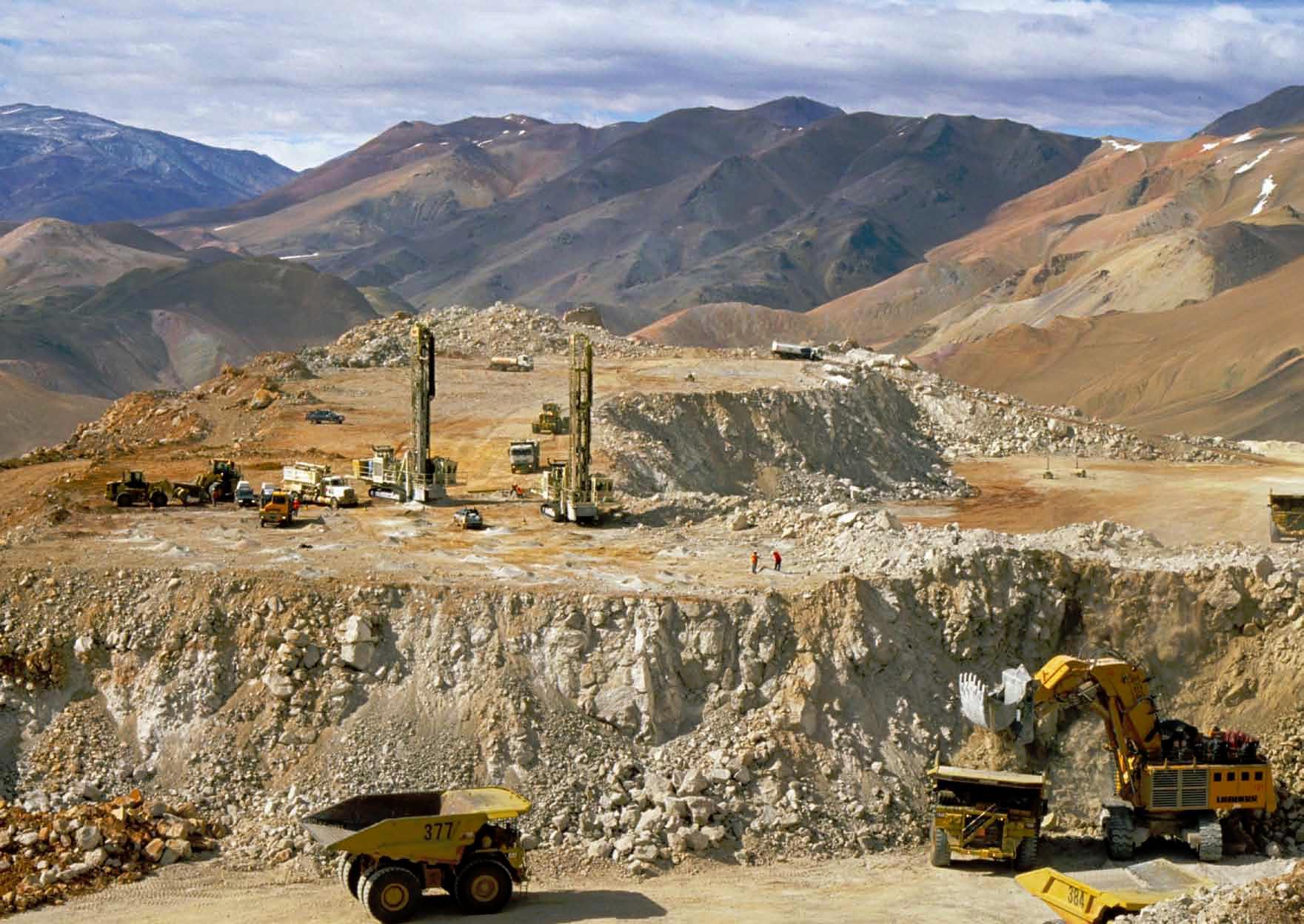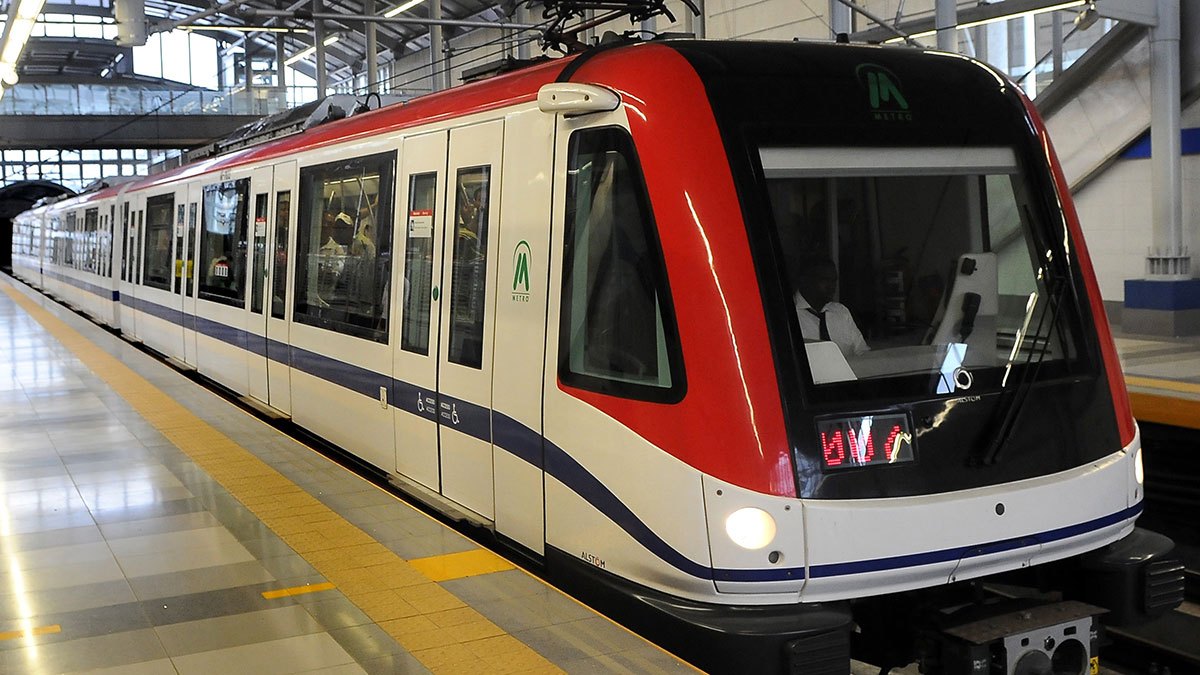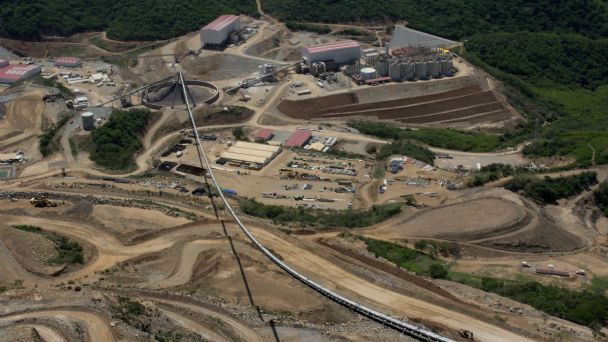
Barrick has a significant investment programme for South America in 2013, much of which is targeted to advance the construction of Pascua-Lama, the world's first bi-national mine, expected to be operational in the second half of 2014.
With the acquisition of Placer Dome in 2006, Barrick Gold Corporation became the largest gold mining company in the world.
Barrick’s holdings in South America include the Pierina and Lagunas Norte gold mines in Peru, the Veladero gold mine in Argentina, the Cerro Casale project in Chile, and the world class Pascua-Lama project on the Chile/Argentina border.
With a mine life estimated at 25 years, Pascua-Lama is the current jewel in the crown, but as the world's first bi-national mine it has required a complex series of negotiations with two national governments. At an elevation of up to 5,200 meters, this is also the highest altitude project Barrick has ever tackled, and it raises many unique logistical challenges.
Nevertheless, it is destined to become one of the most important mines in Barrick’s global portfolio, with proven and probable reserves of 17.8 million ounces of gold, and an additional prize of 671 million ounces of silver. Construction has advanced steadily, with production expected to commence in the second half of 2014. At the end of November 2012 the tunnel to transport the ore between Argentina and Chile was approximately 60 percent complete, and 90 percent of the materials and equipment required for the process plant had already been committed. During the first five years of production, Barrick expects an average of 800,000 and 850,000 ounces of gold per annum.
Another project in development is Cerro Casale, 130 kilometres north of the Pascua-Lama project in the Maricunga district of Chile. This project holds estimated gold reserves that currently stand at a massive 23.2 million ounces, but exploration is still in progress and there may be even more.
Cerro Casale was originally a 50/50 exploratory joint venture between Barrick and Kinross Gold Corporation, but early in 2010, Barrick acquired an additional 25 percent interest from Kinross, increasing its interest in the project to 75 percent. The construction phase will last about three years and the life of the mine is estimated at approximately 20 years, with average annual production expected to reach one million ounces of gold and 110,000 tonnes of copper.
Now with a controlling interest, Barrick is keen to use the lessons learned in Pascua-Lama to good effect and where possible, leverage synergies in the design and construction of Cerro Casale. This is one of the largest undeveloped gold-copper deposits in the world and it is envisaged that it will one day exceed the production anticipated at Pascua-Lama.
As well as these two stellar development projects, Barrick can also count on a solid portfolio of mines already in production. The Veladero mine, located in the San Juan Province of Argentina, is immediately south of the Pascua-Lama property in the highly prospective Frontera District. Veladero has two open pits, Filo Federico and Friendly and has an estimated life of 14 years. The mine has been in production since 2005 and in 2011 produced 957,000 ounces of gold at a total cash cost of $353 an ounce. The proven and probable mineral reserves at 31 December, 2011 were 10.6 million ounces of gold.
Moving to Peru, Barrick has the Pierina mine, located in the Andean Cordillera in the Department of Ancash. This mine has proven and probable mineral reserves of 791,000 ounces of gold, and although it is relatively more expensive to produce than in other mines, rising gold prices have recently seen the mine’s life extended to the end of 2014. This is a standard open-pit, truck-and-loader operation, similar to Veladero.
Also in Peru is the Lagunas Norte mine, located on the Alto Chicama property in north-central Peru and 175 kilometers north of Pierina. The property lies on the western flank of the Peruvian Andes at an elevation of 4,200 meters above sea level. The open pit mine began operations in the second quarter of 2005, ahead of schedule, and involved an investment in construction of $340 million. In 2011, Lagunas Norte produced 763,000 ounces of gold at an attractive total cash cost of $269 per ounce, and had proven and probable reserves of 6.2 million ounces of gold at 31 December 2011.
In all its operations in South America, Barrick is guided by a vision to lead the industry in finding, acquiring, developing and producing quality reserves in a safe, profitable and socially responsible manner. The company wants to see the region’s natural resources play a key role in supporting long-term sustainable economic development and facilitating this process is a corporate priority.
Barrick is already a signatory to a number of voluntary codes and initiatives that address a range of economic, social and environmental issues. These include the Carbon Disclosure Project, the International Cyanide Management Code, Transparency International (Canada) and the Voluntary Principles on Security and Human Rights. The company has also been an active member of the UN Global Compact (UNGC) since 2005. This is an initiative which directly involves business in tackling some of the major social and environmental challenges that arise from globalization.
Barrick’s achievements were publicly acknowledged yet again in 2012 when it was ranked as a global leader in corporate social responsibility for the fifth consecutive year by the Dow Jones Sustainability World Index. The DJSI World Index independently evaluates 2,500 companies using rigorous criteria in the areas of corporate, economic, environmental, and social performance to identify the top 10 per cent of performers.
Although its primary focus is on gold, Barrick also has significant interests in copper in South America. The Atacama desert has some of the largest porphyry copper deposits ever found, a geological legacy that has made Chile and Peru the first and second largest exporters of copper in the world.
In 2011, Barrick’s Zaldívar copper mine in Chile produced 292 million pounds of copper at a total cash cost of $1.50 per pound. The proven and probable mineral reserves at 31 December 2011 were 6.6 billion pounds.
Written by Martin Ashcroft, research by Dan Finn



 BarrickSA-America.Mining-Jan13-Bro-s.pdf
BarrickSA-America.Mining-Jan13-Bro-s.pdf









